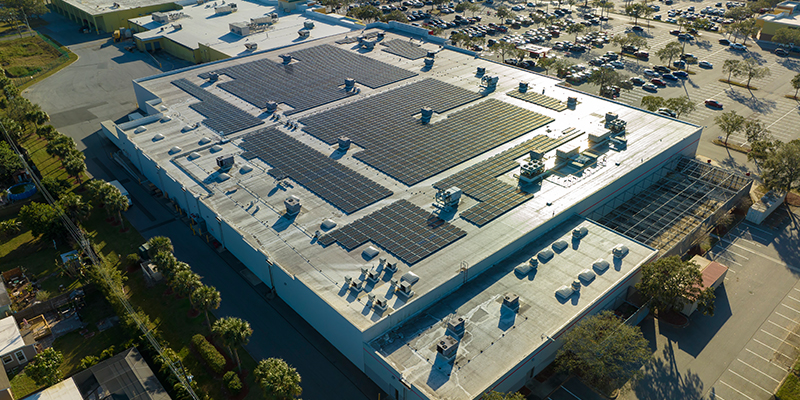By Renee Sylvestre-Williams
When it comes to the movement of capital, the current sentiment is a selective, more cautious approach to real estate investing compared to the previous low-interest environments just three to five years ago. This was the consensus of a panel of experts at NAIOP’s CRE.Converge this week in Toronto.
As moderator Bryan Reid, executive director at MSCI said, the tariff turmoil and macroeconomic uncertainty put investors in a state of surviving 2025. Now that the adjustment period of higher interest rates is over and portfolios have reshaped themselves in the current economic climate, the big questions are: How have investors dealt with these challenges and how are they positioning themselves forward?
Regarding capital flow, Michael Brodie, managing director and head, investments, corporate banking real estate for BMO Capital Markets said, “A general dynamic that’s happening is capital is consolidating, and inherently deals will need to get bigger for that consolidated capital to be placed efficiently.” Since money is pooling into fewer, larger investors, these managers prefer larger financing structures.
Danny Kaufman, senior managing director at JLL, said that private credit has become increasingly attractive, with investors rotating from equity to debt strategies. Since private credit can efficiently absorb big tranches of capital, there has been a strong trend toward the growth of private credit across asset classes for over half a decade. “I think that’s a trend that’s likely to continue given the levels of returns with subordination that private credit lenders can get,” he said.
Milo Dajic, CFA and head of Canadian investments at Oxford Properties Group, agreed, saying, “We’re still very active in credit and it’s going to continue to be a growth story. I’d say half of every dollar we spend right now on net new acquisitions is going to go into a credit deal.”
Any enthusiasm is tempered by higher scrutiny of development projects, with a higher bar of approval based on yield and return on costs. Brian Delgado, senior managing director, global head of capital markets, Transwestern Investment Group, said that the previous return on cost and current cap rates had a 100 to 150 basis points spread. “We’ve now moved up to 125 to 200 basis points of spread, so that has helped us get a little bit more security in the risk that we’re taking in development, and we think it matches up well with our risk tolerance.”
What this means is that the market is becoming more tactical. Investors are no longer backing up a truck of money and buying whatever they could get, as Kaufman put it. Instead, investors want a more granular analysis of specific assets and markets, rather than broad sector-wide investments. When asked about thematic purchases, Delgado says taking into consideration the demographics of age and the labor pool, healthcare and senior living take priority.
“Perhaps it’s an opportunity to look at what they call the ‘silver tsunami,’ the demographic story there, with respect to bringing in senior living and healthcare,” he says. “We’ve been in healthcare for some time, in an advisory business, and now we are looking at opportunities to satisfy that edge. And there’s great opportunities in certain markets to take advantage of that demographic story.”
The panel agreed that data centers bring significant challenges around power availability and massive investment requirements, often in the billions.
In addition to the sector shift, there was some discussion about the geographic shift. Delgado said investors are declaring for growth markets in the Southeast, Midwest and Southwest markets for industrial multiuse, health care and senior living, pointing out, “I think that’s where we’re hearing more of investors than perhaps 10 years ago.”
Dajic said that some of the money that would flow into U.S. gateway cities has gone to Europe and hopefully to Canada. But Kaufman said don’t count out the gateway cities as they’re attracting money from the UAE and even Canada thanks to the natural advantages of having very large and stable populations and deep asset bases.

This post is brought to you by JLL, the social media and conference blog sponsor of NAIOP’s CRE.Converge 2025. Learn more about JLL at www.us.jll.com or www.jll.ca.








